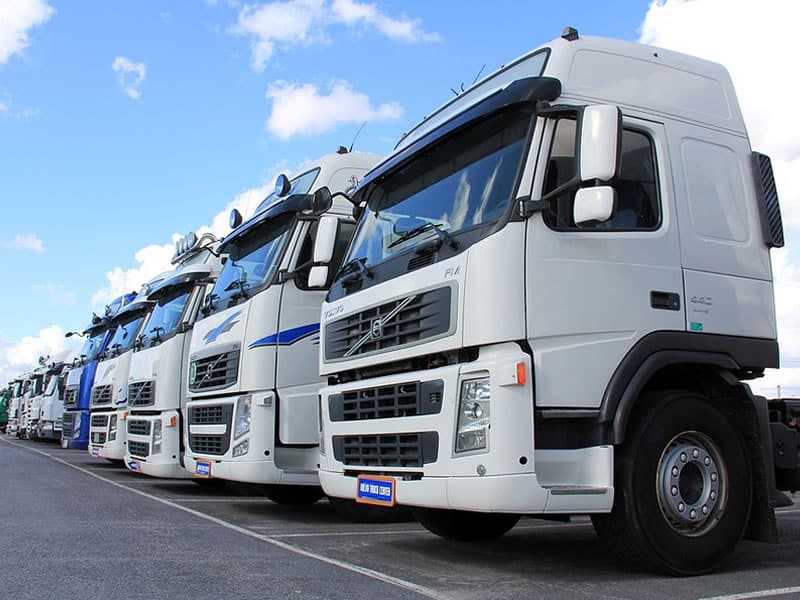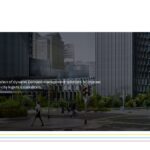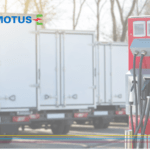Logistics, how haulage is changing
In a general framework in which the global economy has been experiencing a marked slowdown since mid-2018, which will also affect 2019, before starting a new recovery phase expected in 2020, road freight traffic at European level is developing unevenly, with Eastern European countries rising sharply.
Growing traffic and turnover
The increase in the volume of goods transported in Italy, accompanied by an increase in traffic, both in terms of heavy vehicles on the motorways and in terms of road journeys in general, signal an economic recovery marked by a growing overall turnover since 2013. Contributing to this result is undoubtedly the reorganisation of transport for third parties, which has led to a reduction in the number of haulage companies, resulting in a greater concentration of the sector.
The growth in the turnover of transport companies together with the reduction in the number of operators indicate an increase in the concentration of the sector, which is also confirmed by the widening – from 2013 onwards – of the spread between turnover and number of companies. A positive trend in budgets is also registered in the contract logistics sector as a whole. In this context, technological and digital innovations play a key role in improving logistics in terms of the effectiveness and efficiency of processes, thanks to the real-time use of information and the involvement of the entire supply chain in the organisation of activities.
The medium and heavy commercial vehicle segment, with a substantially positive market trend, demonstrates the still important presence of companies that purchase vehicles rather than hire them. The centrality of natural gas as an alternative drive continues to be emphasised.
The light commercial fleet, thanks also to the presence of state and regional incentives, shows a real market development potential for less emissive vehicles in urban areas, which responds to the demands for the enhancement of urban areas linked to the absence of exhaust emissions and the silent running typical of electric vehicles.
Road transport to the East
At the European level, Poland is one of the most significant countries for road transport, taking first place ahead of Germany, France, the United Kingdom and Italy. Together they account for 69% of the total in terms of tonne-kilometres transported by road at European level (data as of 2017).
Italy reports greater distances travelled than the European average and a catch-up in terms of vehicle-km travelled by all carriers above 3.5 tonnes on both short and long haul. In addition, the phenomenon of cabotage stands out, which in 2016 was characterised on the entire road network by a flow of trade from Italy with foreign countries estimated at around 16.8 million vehicles, of which just under 10 million (around 60%) were vehicles with foreign drivers. Furthermore, for road crossings, the points of origin/destination on Italian territory were generally located in the northern regions with the addition of Tuscany and Lazio.
The Italian commercial vehicle market, led by the northern regions and followed by the central regions, showed a contraction in the light vehicle category throughout 2018. The downsizing of this market can be traced back to an increase in demand with unplanned peaks resulting from phenomena such as e-commerce operated by couriers with the use of rental. Proof of this is the fact that short-term leasing of vans yielded more than EUR 60.4 million (+5.8%) in 2017. On the supply side, there was an average increase of around 800 vans per fleet with also an improvement in the vehicle utilisation rate from 61.5% to 67.3%. The combination of increasing the fleet and optimising utilisation then led to an increase in the average number of rental days (+25%).
Ever greener trucks
Looking at the environmental aspects, of the total global CO2 emissions, the component attributable to all modes of transport accounts for 23%, while light and heavy vehicles each account for around 8% of the sector’s total CO2 emissions. At the national level, an ambitious development path for renewable energy in transport has been planned, with the aim of reaching a share of 10.6 per cent in 2020 and 16.2 per cent in 2030. These prospects were then raised by the 2017 National Energy Strategy, which set a target of reaching 21% of consumption from renewable sources by 2030. Against this backdrop, the heavy-duty vehicle industry is increasingly committed to continuing to reduce greenhouse gas emissions by increasing fuel efficiency through ever more advanced technologies.
This is why today the automotive sector is facing an energy transition that aims to overcome conventional fuels with a view to reducing CO2 emissions. Among the alternative fuels that have most recently been attracting interest in the HGV sector is natural gas. In fact, the trend appears to be steadily upward, and this is also demonstrated by the numbers if we consider that in the first quarter of 2018, 616 natural gas trucks over 3.5 tonnes were registered, of which 517 were powered by liquid natural gas (LNG), compared to 523 vehicles registered in 2017, of which 304 were LNG powered. In line with these trends, several Urban Sustainable Mobility Plans that Italian municipalities are drawing up envisage a strategy aimed at developing in the medium to long term a systemic vision of urban mobility by defining a series of environmental sustainability objectives including the rationalisation of urban logistics also through increasingly stringent rules for access to urban areas.
Logistics as a service
Today it can be said that not only is a new digital revolution taking place, but a real consequent evolution of logistics in terms of service rather than product is also taking place. The need to offer a highly customised service is leading companies to rethink their logistics systems, triggering as a central factor the need and opportunity to connect within a collaborative network of multiple actors, i.e. an ecosystem of shared assets and competencies, to ensure greater flexibility and timeliness. The key is therefore collaboration between companies and the sharing of technologies, capabilities and resources.
In the future, the logistics market therefore appears to be moving towards forms of concentration of operators capable of handling large flows and important volumes with vehicles in the medium-heavy segment that can efficiently perform first-mile services with fuels that guarantee maximum energy efficiency although without any particular pressure on extreme emissions reduction. To complement this, it will be necessary to have low-capacity vehicles with alternative engines, for last-mile activities and distribution of goods in urban areas.
FIT Consulting’s role
FIT Consulting closely studies short- and long-haul road transport issues, one of the key links in the national logistics system. As a result of the analyses conducted, FIT Consulting has acquired an in-depth knowledge of the sector and its evolution in the future, enabling several companies to start enhancing their corporate mission and plan their business development in the medium and long term.








